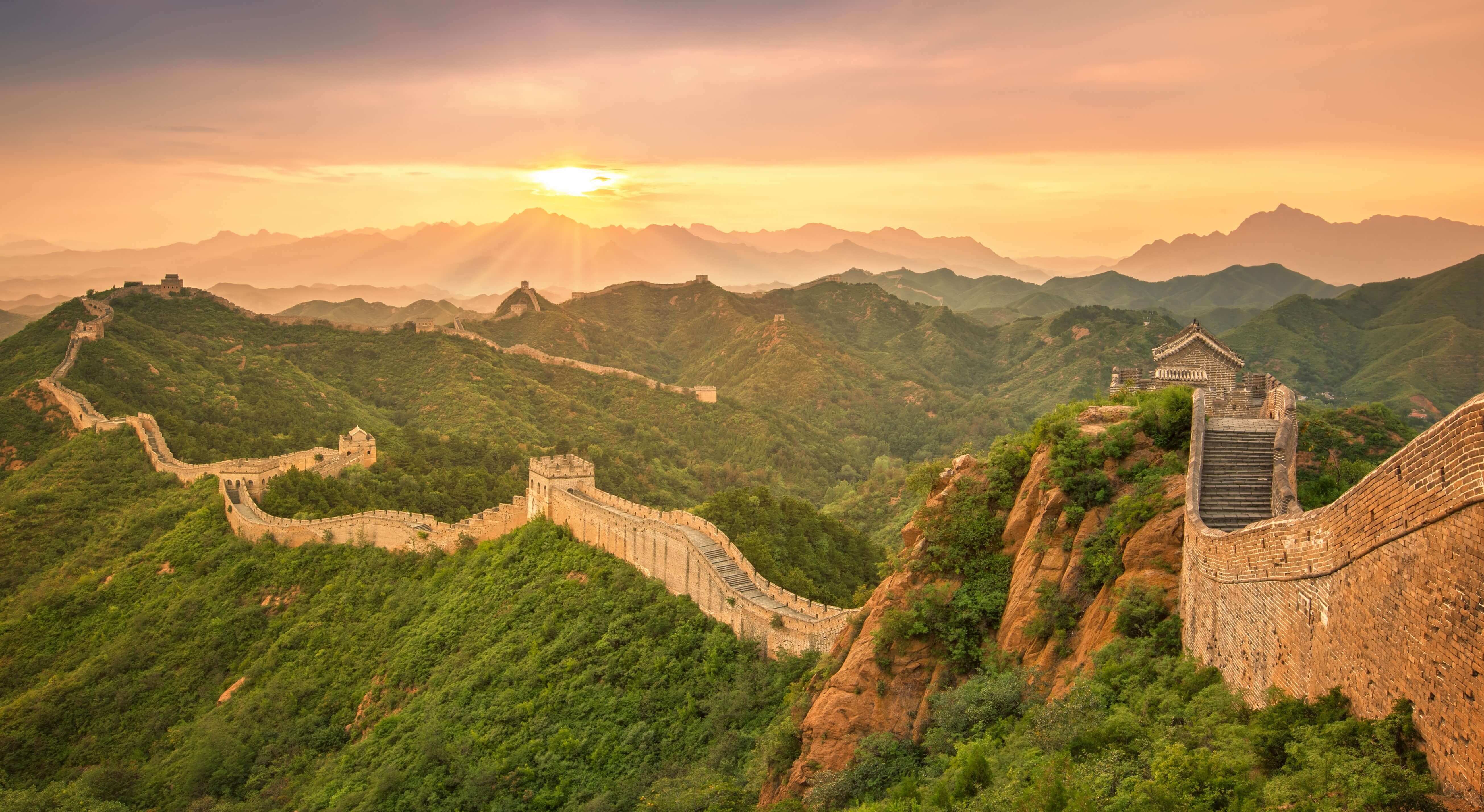
Categories
- Alerts (7)
- Country-Specific Visas (80)
- Destinations (176)
- Government Regulations (12)
- Important Documents (4)
- Uncategorized (8)
- Visa Processing (23)
- World Heritage Site of the Week (62)
Need a Passport?
RushMyPassport.com can expedite your passport renewal or expedite a new, second, lost, damaged, stolen, or child passport in as quick as 1 day.
View Requirements >- Simplified China Tourist Visa Requirements for U.S. Citizens: A Boost for Tourism
- Chinese Visa Requirements to Visit the Temple of Heaven
- A Chinese Visa: Your Key to Enter the Forbidden City
- Get a Chinese Visa to Visit the Three Parallel Rivers of Yunnan
- China Visa Requirements to See the Bianzhong Bells of Marquis Yi
Posts Tagged ‘China visa’
Simplified China Tourist Visa Requirements for U.S. Citizens: A Boost for Tourism
January 24th, 2024
Chinese Visa Requirements to Visit the Temple of Heaven
June 5th, 2011
As if you needed another reason to get a Chinese visa, UNESCO has one more for you: This month's featured World Heritage Site is located in Beijing and dates back to the Ming Dynasty. For almost 500 years starting in 1420, Chinese emperors worshiped at the Temple of Heaven, a staggeringly beautiful complex of temples and altars built according to Taoist principles. Here, the emperors performed prayers and ceremonies to ensure bountiful harvests and favorable weather for growing crops.
UNESCO calls it "a masterpiece of architecture and landscape design which simply and graphically illustrates a cosmogony of great importance for the evolution of one of the world’s great civilizations."
The Temple of Heaven stopped being used as such in 1911, when the ceremonies were forbidden by the
A Chinese Visa: Your Key to Enter the Forbidden City
April 17th, 2011
This week's featured UNESCO World Heritage Site was the home of the last two great Chinese dynasties: the Ming and the Qing. Once, the Forbidden City was the center of the Chinese empire. Nobody could enter or leave without the permission of the emperor, hence the name.
The last emperor of China was kicked out of the palace in 1924, and the Forbidden City is now the Palace Museum, open to anyone who can pay the fees. Still, it continues to impress and delight visitors.
Part of the Forbidden City's grandeur comes simply from its scale. It is the largest palace complex in the world, and took 15 years to build. When the trees were cut down for the main hall, records indicate that the massive trunks were too big for workers to move. Instead, they had to wait for floods to wash them
Get a Chinese Visa to Visit the Three Parallel Rivers of Yunnan
March 13th, 2011
You could literally spend weeks touring this week's featured UNESCO World Heritage Site. The Three Parallel Rivers of Yunnan Protected Areas includes 1.7 million hectares of land inside China's Three Parallel Rivers National Park.
The three rivers in question are among the largest and most important in Asia: the Yangtze, the Mekong and the Salween. Although their courses take them far away from each other, they run roughly parallel in Yunnan province, slicing deep gorges into the steep mountains.
According to UNESCO, "The deep, parallel gorges of the Jinsha, Lancang and Nu Jiang are the outstanding natural feature of the site; while large sections of the three rivers lie just outside the site boundaries, the river gorges are nevertheless the dominant scenic element in the area. High
China Visa Requirements to See the Bianzhong Bells of Marquis Yi
February 3rd, 2011
There's an entire laundry list of technological innovations that the Chinese developed centuries before the West, including porcelain, silk, the compass, paper and gunpowder.
Another area in which the Chinese beat the west was music, via an instrument called the bianzhong.
Bianzhong bells are made of bronze and were developed at least 3600 years ago in ancient China. Because of their unique shape, each bell can produce two different tones, depending on where the musician strikes them. A full set of 65 bells can play a complete 12 tone scale - another capability that the Chinese developed over 2,000 years earlier than Europeans.
In the entire world, only one of these ancient instruments remains intact. In fact, their existence was basically forgotten until 1978, when a set of Bian
